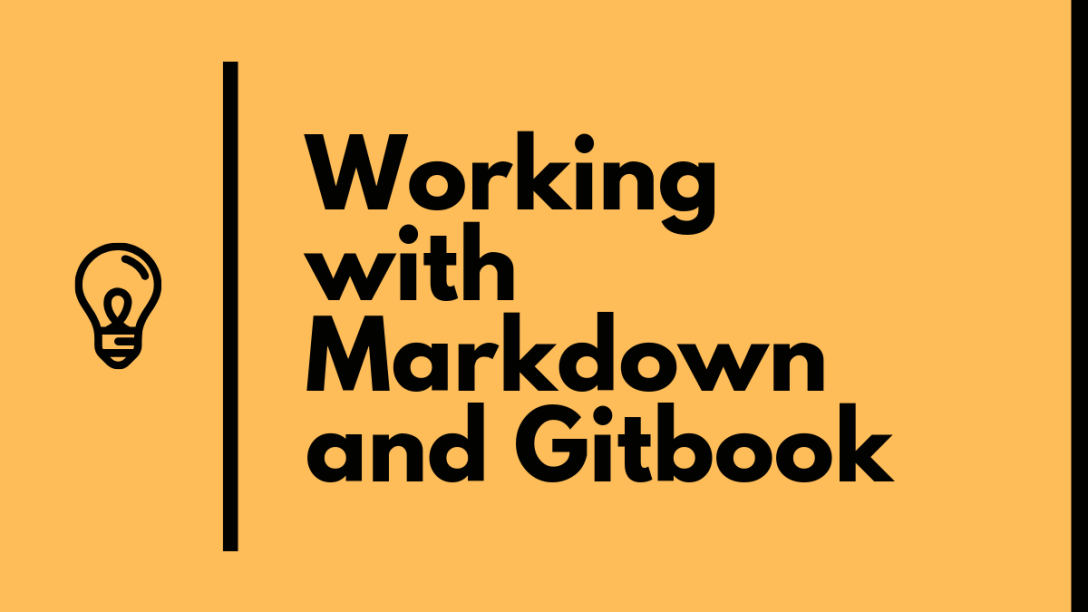For the past 6 months or so, I have been involved in building up a fintech based business. You might have seen me post about real estate and how the young Indian workforce needs help to own a house. This organization is HomeCapital which provides home down payment assistance for first time home buyers. In fact, it’s India’s first home down payment program.
The product itself is pretty unique and involves a bit of financial engineering. It’s an unsecured personal loan made available to the home buyer at 0% interest. To know more feel free to drop by our office for a chat and a cuppa!
Business traction and growth
The business is doing well and therefore it has quickly attracted a good set of investors. As we are gearing up for a Series A run, one of the question that I am increasingly seeing in conversations is this –
What technology barriers to entry does your business have?
The first time I heard this question, I was stumped. It’s not as if the core product was a technology driven product. Given enough time and money, any competent person should be able to build any of the following systems –
- Loan origination
- Application management
- Loan management
- Customer Relationship Management
These are business support systems, and they will never be a technology differentiator. The simple reason being that there are too many service providers and SaaS products out there which provide alternatives for them.
Yes, I could always claim a better UX, a robust and secure system. However, these are fast becoming hygiene factors and thanks to cloud based solutions fast becoming a commodity.
How does this impact a relatively new industry?
Read on. It’s a good case of how the mayor of Paris has decided to take matters in her hands in order to stop an overcrowding of a young industry.
There are a dozen electric scooter companies operating in Paris right now. There are so many that the Mayor just announced that she will reduce that number to three with new rules for electric scooters in Paris.
via Low (No) Barriers To Entry — AVC
Artificial barriers are being constructed in order for three of the businesses to be sustainable. The young electric scooter industry is being protected in this case by Paris.
Very similar to this, the FinTech industry in India is relatively young, and the Government of India has taken an active interest in this. One of the instances where the banking and lending industry in India was protected was where RBI drastically changed the P2P startup landscape by limiting individual investors to 10 Lakh INR.
Most developing countries are taking this approach for multiple industries. A wait and watch approach with a beady eye on the innovations and changes ensures that most policies that are being passed are in situ with the economic environment.
Protecting lush markets
What the mayor has beautifully done is protect the largest european market of electric scooters. One reason for more than a dozen startups to spring up in this market was that it was fairly easy for someone to join a business, learn the ropes and then start on their own. However, what will happen if one of these fly by night operations were to suddenly go down under? Suddenly the entire market starts stumbling. Would you as a governing body allow this to happen?
No. I would rather have 3-4 stable operators providing this service as opposed to 12-15 firms. It’s regulation, yes. It’s against the natural laws of economy, yes. However, it is being done to protect the market. Over a period of time this triopoly will try creating a seller’s economy, however the regulation will ensure that no one player can generate super normal profits. This creates a pretty strong barrier. An impregnable fortress of regulations that cannot be overcome.
India and FinTech
If you now look at the FinTech industry in India, then there are many regulations. This is not so much a concern as much as the fact that these regulations keep evolving as the industry evolves.
Take the fact that since September 2018 the Aadhar based KYC norms have come to a standstill. It is only last week that the RBI has allowed for e-KYC to be re-initiated. Now through in a recent trend such as DeepFake in their, and now you have regulators in a dizzy. What the major players in banking and lending are doing is looking up to the regulator to take decisions … these decisons are being taken over a long period of time (approximately 6 months in the case of e-KYC).
That’s two business cycles. Enough time for an upstart to start-up. India is a lare country and we haven’t really started making fintech products for the 66% of the non-english speaking Indians. There is hope of growth there, and hence the regulation barriers will be slowly built in that area.
Is a barrier needed?
A barrier to entry is needed when the market becomes small and the players have to compete for transactions. However, what is unique about billion people economies such as India and China is that the sheer volume of users is so high that there is always room for more.
Even in such a space where every month there is a new lender or two cropping up, the Indian real estate and lending space still remains under utilized. Housing for all still remains a distinct dream, and until then, instead of building barriers, perhaps we might want to think about building bridges.

